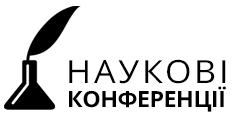Introduction. The argan tree Argania spinosa L. Skeels, an endemic species of Morocco with tropical affinities, is typically a multi-purpose tree, and plays a very important socio-economic role in this country, while maintaining an ecological balance. This species is the only representative of the tropical family Sapotaceae in Morocco [1]. The tree is the second largest forest species, after oak and before cedar, and can live up to 200 years [2]. The tree was recognized as a biosphere reserve since 1998 and was declared as a “protected species” by United Nations Educational, Scientific and Cultural Organization (UNESCO) [3]. The argan tree has very specific chemical compositions which fortify their potential in particular for use in food, cosmetic, and medical preparations. The argan tree supports the livelihood of rural populations as a source of income and therefore they depend on the aganeraie. The various botanical parts of the tree also make a large contribution to biodiversity. All botanical parts of the tree are exploited: the wood, leaves and fruits, the kernels of which yield argan oil, one of the rarest and most expensive oils in the world.
ETHNOBOTANIC, ETHNOPHARMACOLOGIC ASPECTS AND NEW PHYTOCHEMICAL INSIGHTS INTO MOROCCAN ARGAN FRUITS
Benarafa Ibrahim Amin, El-Assri Abdeladim (Kharkiv, Ukraine) | Завантажити статтю
